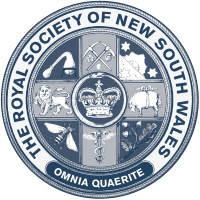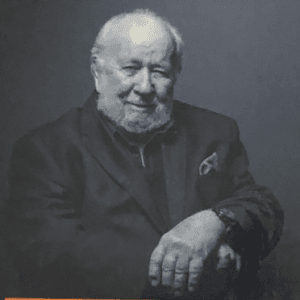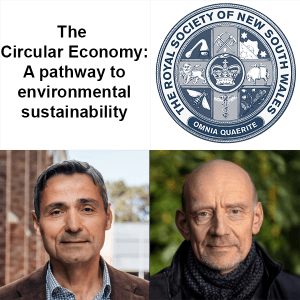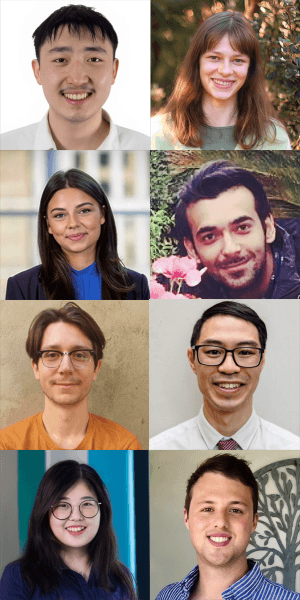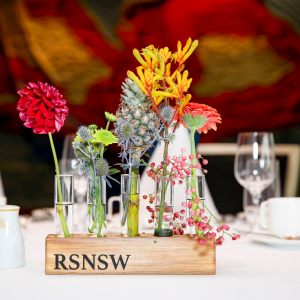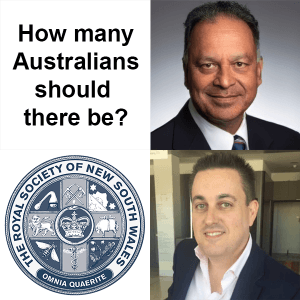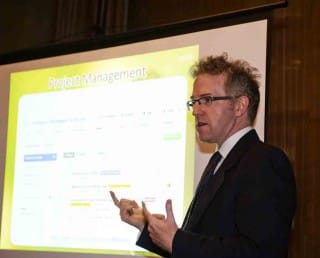
“Open science” – Dr Matthew Todd
The speaker at the Society’s 1214th ordinary general meeting was Dr Matthew Todd, a Senior Lecturer in Chemistry at the University of Sydney who is a leading proponent of the concept of “open science”.
Dr Todd began with an example of the type of problem to which open science can provide a very practical solution. In Africa and parts of South America and Asia, the parasitic disease schistosomiasis (also known as bilharzia or snail fever) is endemic. Schistosomiasis is caused by infection by water-borne parasites that penetrate the skin and enter the bloodstream. Although the mortality rate is low, schistosomiasis is a serious chronic illness. It is particularly devastating to children – it damages internal organs, impairs growth and causes cognitive impairment. After malaria, it is the most socio-economically devastating disease in the world.
Schistosomiasis can be treated by a drug called praziquantel that is inexpensive and is administered orally. The problem is that praziquantel tablets are very bitter to the taste and, consequently, many people do not complete the course of treatment. But praziquantel is an organic molecule that exists as two stereoisomers (stereoisomers are molecules that exist in two forms, one being the mirror-image of the other in much the same way as the is the left hand is the mirror-image of the right hand). Often in pharmacology, only one of the stereoisomers has the desired physiological effect and, indeed, this is the case with praziquantel. The “R” stereoisomer kills the parasite and does not have an unpleasant taste. The “S” stereoisomer is inactive and, fortuitously, is entirely responsible for the bitter taste. So why not simply make the R-form? Unfortunately, both forms are produced together in the reactions which are commonly used for synthesising this drug and are not easily separated in the manufacturing process. The best solution is to find catalysts and reaction conditions that favour the production of the desired stereoisomer over the other. However, there is no public funding available for the research and private enterprise will not fund it because the drug is so cheap that the financial return too low.
Another problem is that the normal research paradigm is sequential: a research grant is awarded; the work is done; the results are published and if encouraging, will perhaps result in further research grant. This can be dreadfully slow and a far more efficient way of solving complex problems of this nature is to have collaborative research that can proceed concurrently rather than sequentially – parallel rather than serial processing, as it were. There are number of examples of this type of collaboration being successful in areas such as astronomy, mathematics and biology. Dr Todd and his group at Sydney University explored using the open science approach to develop the manufacturing approach for the active, tasteless R-stereoisomer of praziquantel.
This approach resulted in rapid progress through collaboration of groups around the world, with at least two routes identified as potential practical manufacturing steps.
Dr Todd argues that the whole process of science is based on openness, the sharing of results and collaboration. Issues around patterns can be important but many of the key discoveries of the last century or so have not been subject to patent protection.
